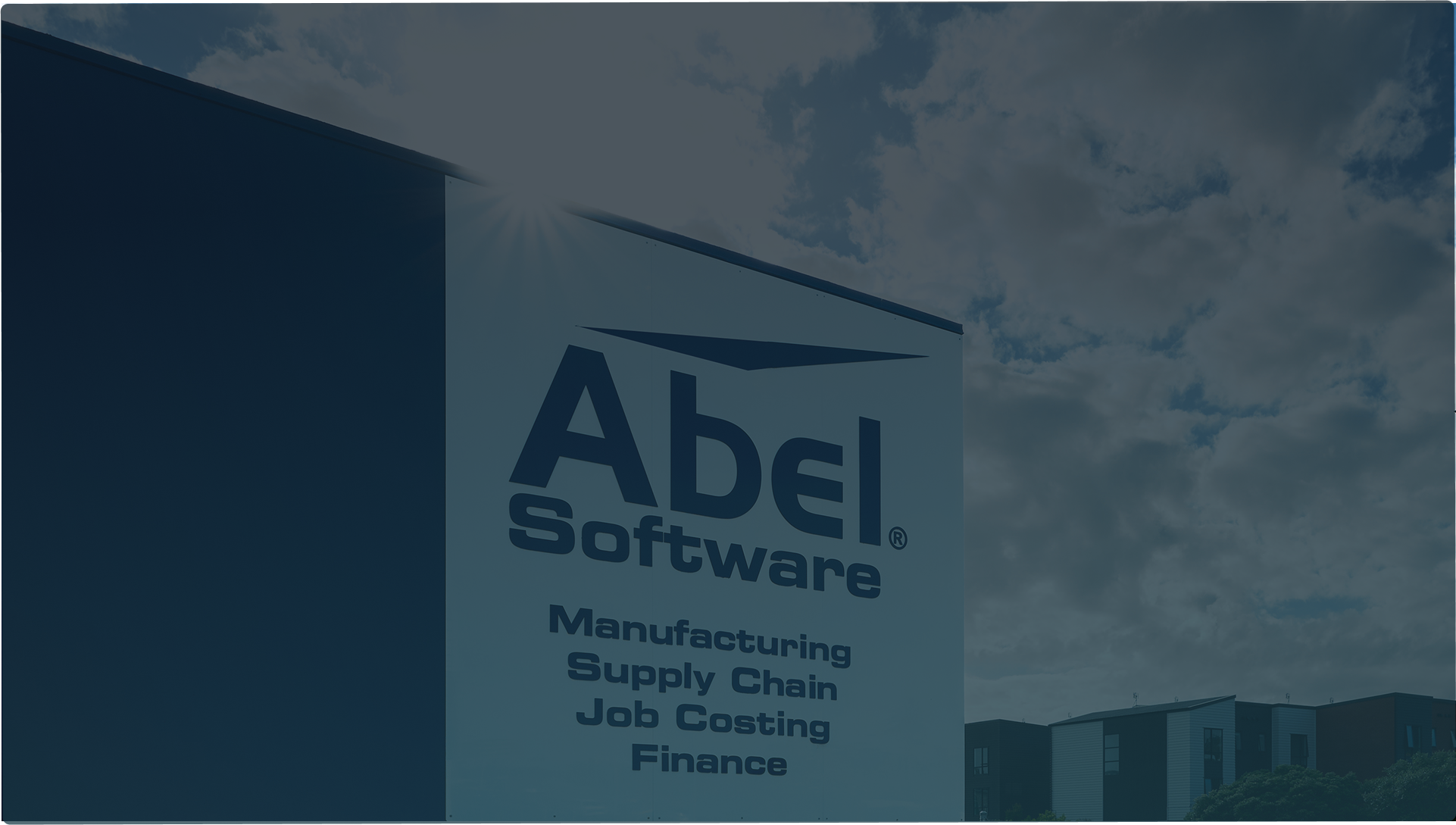If you would prefer to listen to the audio version of this blog, use the media player below.
The experience of having set up hundreds of integrations, we’ve found these things are most important.
Get the data right the first time and keep the dialogue flowing
If you are looking to have an integration set up using API's and EDI, it's important to understand that there is a level of work involved from your end. Here are some tips to get the most out of your integration.
Organise SKU Codes
If you have the same SKU code for multiple products, you are going to have issues with your EDI. Also if your SKU code for a product doesn't match that of your trading partners, it's going to be difficult to link up your data when messages such as Purchase Orders are sent to a 3PL Warehouse. Ensuring that you have individual SKU codes for each product you sell that match up with your trading partner will ensure that you won't run into problems when data is exchanged.
Understand Business Processes
Make sure your EDI partner understands your business processes and the issues you currently face and want fixed. For example if you drop ship and use Shopify as your eCommerce platform, you may often have stock-outs where your website says you have 60 of 'X' but your supplier only has 30 of 'X'. An EDI provider may then suggest adding Inventory Inquiry/Advice messages, where your suppliers stock levels are synced with your Shopify account, so your inventory levels are seamless - problem solved.
Establish Business Rules
Document your business rules and share with your EDI partner e.g. if you charge freight on particular orders or give away bonus stock or change prices or have multiple colours with different codes - all these things may have an impact on the EDI and is useful for them to be considered at the start.
Streamline Operations
You may be a supplier/wholesaler/distributor that sells to a range of retail trading partners, let's say five for arguments sake. You're completely bogged down by two of the five retailers, getting well over 20 orders a week from each, and having to key the Purchase Orders and Invoices manually. All of a sudden you've heard about EDI integration and how it streamlines this process and removes the majority of manual data entry, you get excited and look to implement EDI with all five retailers straight away. Our advice is that you don't do this. Focus on setting up EDI with the retailer that you spend the most time on each week, as having EDI set up with them is going to give you the most value. Implementing all five at once would mean a complete drain of resources, and can be overwhelming if you are a small to medium sized business and don't have the resource to manage this. Set a pilot integration, get a feel for the set up process from your end. Once you have gone through the process once and understand it more, you'll be in much better stead to be involved in implementing the next few.
Conclusion
Once you've set aside some time to ensure that in your system you have SKU's for each product that match your trading partners, your EDI provider will be in a position to add the most value to your integration. Think 'short-term pain, long-term gain'. After you have talked through your business processes, described what your issues or quirks are with your business and what you are trying to achieve - the fully managed EDI service provider will be in the best place to manage the rest.




